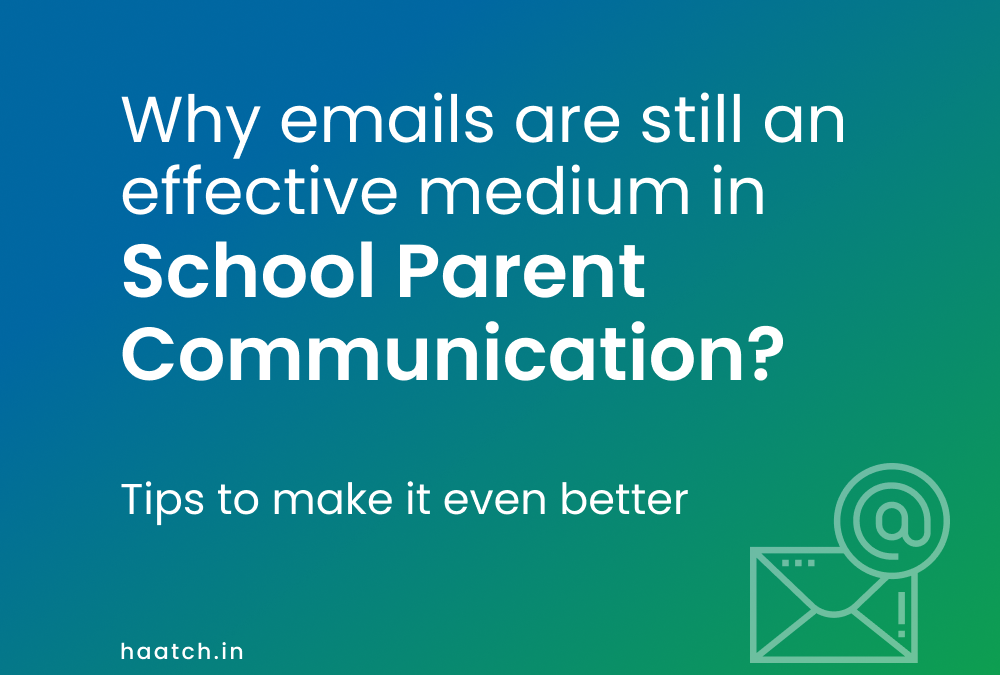Every person today parent or not for sure has an email address. Most people run official communication, so a school could benefit significantly if they changed their communication channel to email. But why?
Here’s why:
Communication via email is as official as it gets. In the same way, you receive emails about a new promotion at work; it would be great to receive updates about your child’s welfare in school.
Secondly, communication via email is traceable that a parent can revisit anytime they would like to confirm something. For instance, you could re-read your child’s school report later on. Using a text might be disadvantaged since the message might not reach the parent, get deleted, or go to the wrong number.
Thirdly, whenever a parent is at work, they can still reply to an email to a teacher while they work. It then becomes a discrete form of communication that a parent can do as they work. They will not have to step out to pick up a call from the teacher or reply to a text via phone.
With the above, it sure seems like a pretty great channel of parent-teacher communication, but both parties have to adhere to a few guidelines for the scheme to work.
Teachers Guidelines to emailing parents
Keep it short
For emailing communication to work, you should try to keep the message as short as you can as a teacher. If the matter cannot fit into two paragraphs of two sentences each, ask the parent to stop by for a personal meeting. Other than that, go straight to the point and keep it concise.
Make it consistent
Being consistent does not mean you have to email parents every day; that will just become downright annoying. Instead, have a schedule such that they know they will receive an email from you on the second and last Saturday of the month. And the email will contain updates on events happening in school plus their child’s progress. Any email sent in between those two dates should be an emergency or a matter that needs immediate attention.
Personalize your emailing
A teacher emailing a parent should make the emails as personalized as possible. But there is leeway to this. If the email is a group email where you sent one common message to parents of the whole class well and good, but for the one on one email, start by greeting the parent by their surname or something like ‘ Dear Zariah’s mum.’
One more quick pro tip for a teacher is to use the cc—button to send the same email to fellow teachers involved and other guardians listed. Also, to make sure the emails reached and are read, maybe use software that tells you when the email was received and read.
Parents Guidelines to emailing teachers
Acknowledge you have received an email
Parents should send a short message that they have received the email, something like ‘thanks for the update’ is perfect. It lets the teacher know they are doing a great job of sending regular updates. If the email needs a positive response, please reply just as fast.
Prioritize the emails
If you are always busy swamped with emails, prioritize the teacher’s emails such that they appear among the first so that you do not miss a thing. Prioritizing them will ensure the message gets to you instead of at the bottom of the pile or the spam box.
Conclusion
Things are moving into the digital world, so switching from telephone to email might be a great shift for school parent communications.

